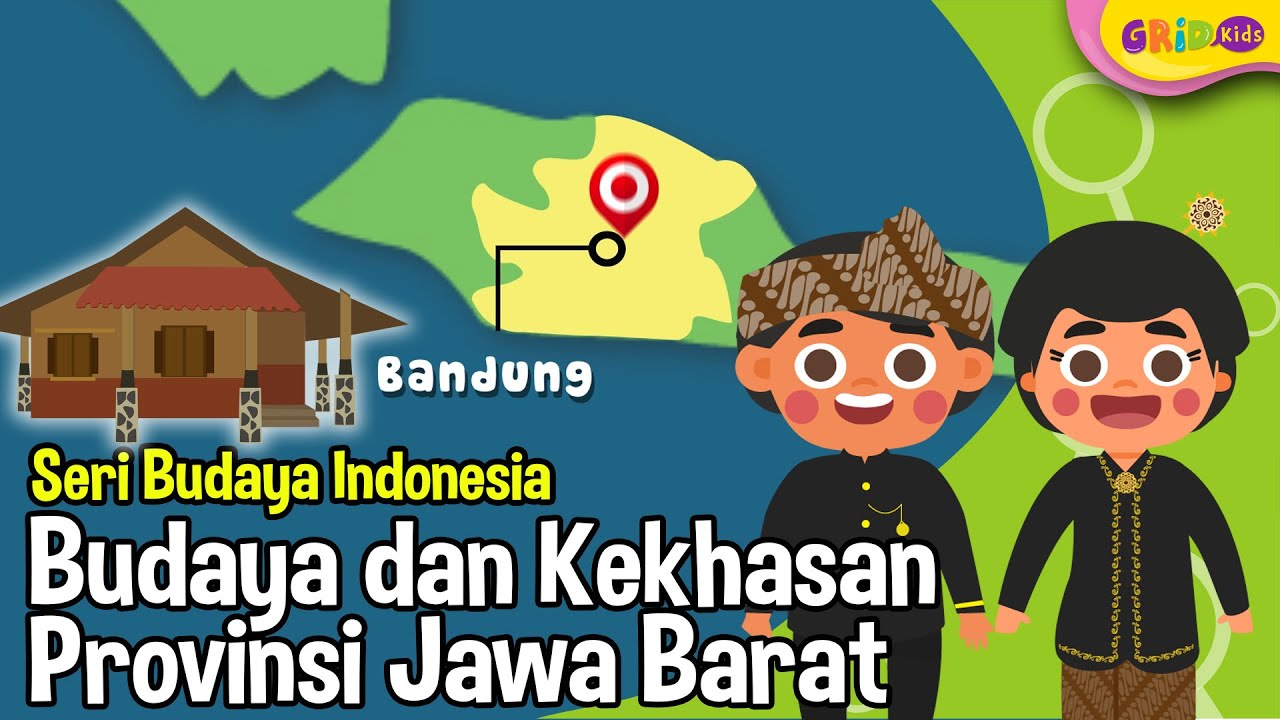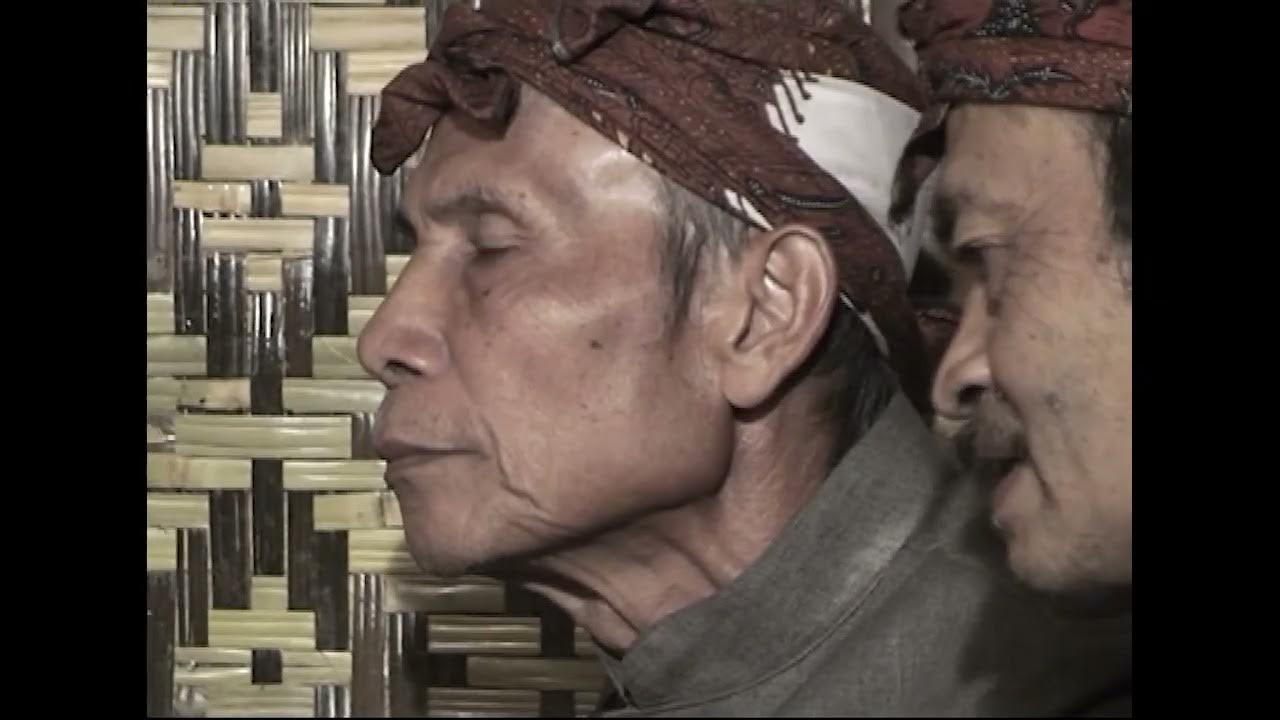Dongeng Sunda Rasiah Nu Goreng Patut Bagian.3
Summary
TLDRThe script by Joemhana presents a traditional Sundanese tale, rich in cultural nuances and local wisdom. It weaves a narrative that reflects the values and traditions of the Sundanese people, offering a glimpse into their folklore and storytelling practices. The summary would highlight the key elements of the story, such as its moral lesson, characters, and the unique cultural context it provides, inviting users to delve into the rich tapestry of Sundanese storytelling.
Takeaways
- 📜 The script is a fable presented in the Sundanese language, authored by Joemhana.
- 🌐 It showcases the rich cultural heritage of the Sundanese people through storytelling.
- 🎭 The narrative likely involves traditional elements and characters common in Sundanese folklore.
- 📚 The fable may impart moral lessons or life wisdom, typical of folktales.
- 🗣️ The language used is Sundanese, indicating a focus on preserving and promoting the local language.
- 👥 The story is intended for an audience familiar with Sundanese culture and language.
- 📖 The fable could serve educational purposes, teaching listeners about their cultural roots.
- 🎨 The storytelling style might include vivid descriptions and imaginative scenarios to engage the audience.
- 👂 The audio format suggests an immersive experience for listeners, allowing them to visualize the story.
- 🌟 The work of Joemhana is highlighted, indicating the importance of recognizing local artists and their contributions.
Q & A
What is the language used in the script by Joemhana?
-The language used in the script is Sundanese, a language spoken by the Sundanese people in Indonesia.
Who is Joemhana and what is their role in the script?
-Joemhana is the author of the Sundanese fairy tale presented in the script.
What is the genre of the story presented in the script?
-The genre of the story is a fairy tale, which is a type of folklore that often involves magical elements and moral lessons.
What cultural elements might be expected in a Sundanese fairy tale?
-A Sundanese fairy tale might include cultural elements such as traditional values, local customs, and references to the natural environment of the Sundanese region.
What moral lessons could be imparted through the fairy tale in the script?
-The moral lessons could vary but often include themes like the importance of honesty, kindness, and perseverance.
How might the characters in the fairy tale reflect Sundanese society?
-The characters might reflect societal roles, values, and the diversity of the Sundanese people.
Are there any specific symbols or motifs in the script that are unique to Sundanese culture?
-There may be symbols or motifs that are unique to Sundanese culture, which could be revealed through the story's setting, characters, or plot.
What is the significance of storytelling in Sundanese culture?
-Storytelling in Sundanese culture is significant as it helps to preserve traditions, pass on knowledge, and entertain community members.
How might the script be used to educate or entertain an audience?
-The script could be used to educate an audience about Sundanese culture and values, as well as to entertain through the engaging narrative of the fairy tale.
What challenges might be faced in translating a Sundanese fairy tale into another language?
-Challenges might include capturing the cultural nuances, maintaining the poetic nature of the language, and ensuring the moral lessons are still clear and relevant.
Outlines

هذا القسم متوفر فقط للمشتركين. يرجى الترقية للوصول إلى هذه الميزة.
قم بالترقية الآنMindmap

هذا القسم متوفر فقط للمشتركين. يرجى الترقية للوصول إلى هذه الميزة.
قم بالترقية الآنKeywords

هذا القسم متوفر فقط للمشتركين. يرجى الترقية للوصول إلى هذه الميزة.
قم بالترقية الآنHighlights

هذا القسم متوفر فقط للمشتركين. يرجى الترقية للوصول إلى هذه الميزة.
قم بالترقية الآنTranscripts

هذا القسم متوفر فقط للمشتركين. يرجى الترقية للوصول إلى هذه الميزة.
قم بالترقية الآنتصفح المزيد من مقاطع الفيديو ذات الصلة

Dongeng Rasiah Nu Goreng Patut Bagian.1 Karya Joehana

Pemenang 1 Biantara Kategori Putri Jenjang SMP, FTBI Jawa Barat dan Banten 2023

CARPON SUNDA MULANGKEUN PANINEUNGAN KARYA SYARIF AMIN

Budaya dan Kekhasan Provinsi Jawa Barat - Seri Budaya Indonesia

SISINDIRAN || MATERI BASA SUNDA KELAS 8 SMP/MTS/Satata

Sejarah Kesenian Beluk
5.0 / 5 (0 votes)
